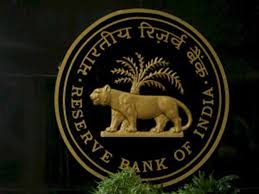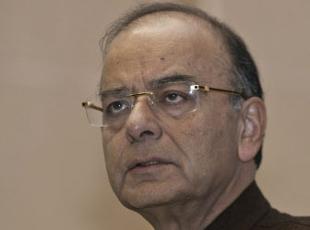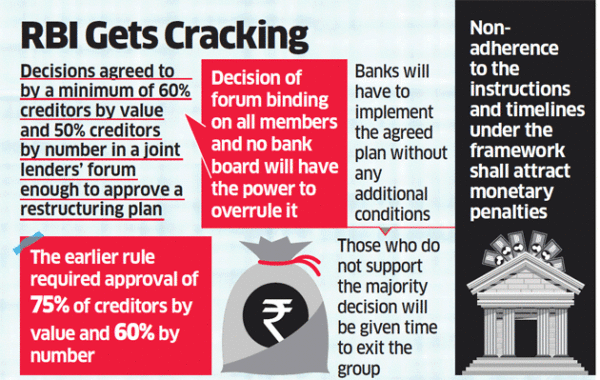
Bad debts at Indian lenders, especially state-run banks, have climbed to a 15-year high and may increase further, a central bank study showed. Under the baseline scenario in a “macro stress test,” the industry’s gross bad-loan ratio may increase to 10.2 percent by March 2018 after climbing to 9.6 percent in March 2017, the highest since 2002, according to the Reserve Bank of India’s Financial Stability Report released Friday. Stressed assets, including soured debt and restructured loans, eased slightly to 12 percent in March 2017 from 12.3 percent in September 2016.
Weakness in the Indian banking system is a threat to growth in Asia’s third-largest economy and may stall Prime Minister Narendra Modi’s plan to revive credit growth from near a two-decade low. The soured loans have contributed to a $191 billion pile of zombie debt that’s cast the future of some lenders in doubt and curbed investment by businesses. “The RBI and the government are proactively taking steps to resolve NPA challenges in the banking sector,” Deputy Governor NS Vishwanathan said in a foreword to the report. “We have also activated prompt corrective action to stem the slide in the banking system.”
State-run lenders under performed their peers in the private sector, the report showed, which measures risks to the banking system by tracking factors such as profitability, asset quality and liquidity. Last month, the government gave new powers to the RBI in an effort to clean up the country’s bad-debt mess, which has left banks struggling with billions of rupees in nonperforming loans. The government amended the Banking Regulation Act to enable the RBI to order lenders to initiate insolvency proceedings against defaulters and to create committees to advise banks on recovering their loans.
The RBI in June ordered the banks to use the insolvency courts to find a solution for 12 of the debtors, though it didn’t name the institutions on its list. Earlier in the decade, many Indian steel and construction companies borrowed to fund expansion at a time when the economy was expanding at 9 percent to 10 percent a year. Loans turned sour as that growth slowed, weakening demand for steel used in construction projects.






